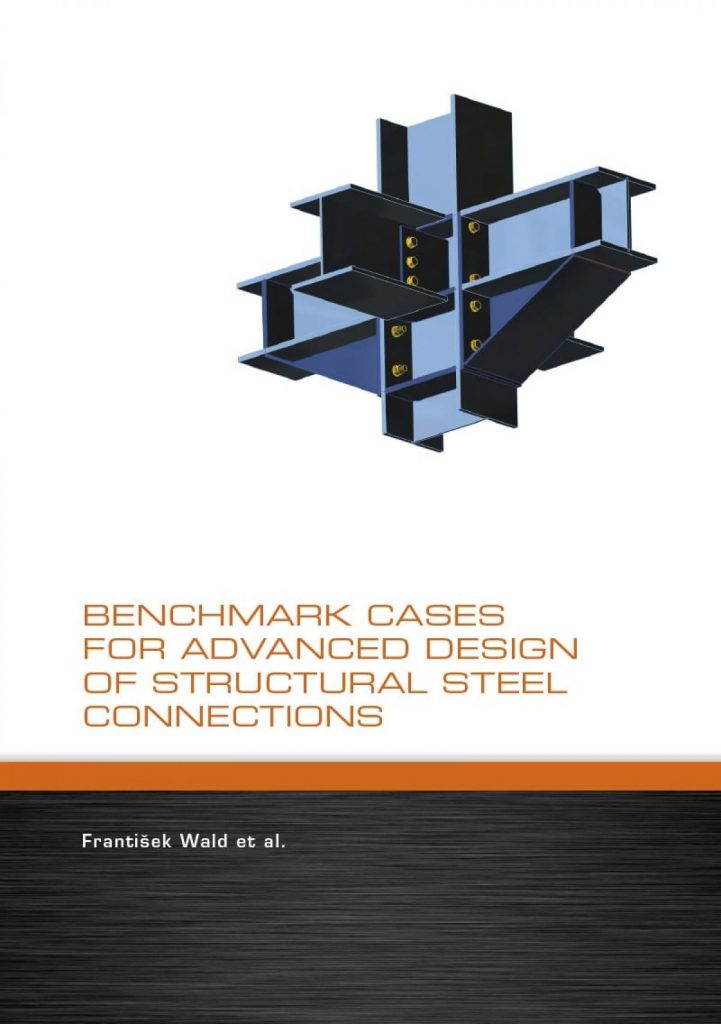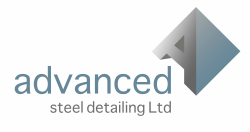

Instead, they’re small bundles designed for the research. The assemblies loaded in MIR are somewhat different from fuel actually used in power reactors.

MIR is a loop-type research reactor, designed mainly for testing fuel elements, fuel assemblies, and other core components for different types of both operational and under-development nuclear power reactors. These were loaded into water loops of the MIR research reactor at the Research Institute of Atomic Reactors. Rosatom told POWER that two fuel assemblies with samples of VVER and pressurized water reactor (PWR) size fuel rods were manufactured in late 2018. According to international analysts, this product will dominate the global market in a relatively short term,” she said. Some ATF options with alternative fuel matrix could also make operations more economically efficient without increasing the level of uranium enrichment. “ATF development is the major global trend in nuclear power industry, which is aimed at bringing the safety of nuclear power plants to the new level, practically eliminating the probability of accidents with negative impact for the environment. “Fuel irradiation in a commercial reactor is an important step for the further commercialization of this product,” Natalia Nikipelova, president of TVEL Fuel Co., the Fuel division of Rosatom, said in a statement issued to POWER. After the pilot operation, the rods will be allowed to cool for a period in the unit’s spent fuel pool, after which the bundles will undergo post-irradiation examinations in hot cells at the Research Institute of Atomic Reactors in Dimitrovgrad, in the Ulyanovsk region. The experimental fuel bundles are expected to last for three fuel cycles, which run approximately a year and a half each. Half of the rods are clad with zirconium alloy containing a chromium coating and the other half are clad with 42XHM, a chromium-nickel alloy. The test rods loaded in Rostov Unit 2 contain uranium dioxide fuel. Both utilize uranium dioxide fuel, but six of the rods are clad with zirconium alloy containing a chromium coating, while the other six are clad with 42XHM, which is a chromium-nickel alloy. The fuel assemblies loaded at Rostov have two types of experimental fuel rods (Figure 2). ATF is of critical importance for further elevating the integral safety and reliability of nuclear power.

Even in the case of heat removal failure in the core, ATF is designed to maintain its integrity long enough to prevent a zirconium-steam reaction from inducing hydrogen release. Courtesy: Rosatom ATF Improves Reactor SafetyĪTF is resistant to severe beyond-design-basis accidents at NPPs that experience a loss of coolant in the reactor. It is located near Volgodonsk in southwest Russia. The Rostov nuclear power plant has four VVER-1000 reactor units.

Three of the fuel assemblies loaded during the latest refueling at Rostov Unit 2 contain experimental fuel rods-12 rods in each assembly-which will allow the innovative fuel to be demonstrated in a commercial reactor. Typically, a third of the fuel assemblies are replaced during a refueling outage. The core of the VVER-1000 reactor design contains 163 fuel assemblies, each with 312 fuel rods. The Rostov site is home to four VVER-1000 reactor units (Figure 1), which entered commercial operation in 2001, 2010, 2014, and 2018, respectively. The reactor resumed operations earlier this month after a scheduled maintenance and refueling outage. The first Russian-made nuclear reactor fuel bundles with experimental ATF (Advanced Technology Fuel) rods have been loaded into Unit 2 at the Rostov nuclear power plant (NPP) in southwest Russia.


 0 kommentar(er)
0 kommentar(er)
